When Danielle Alexander took part in a major pioneering DNA project she had no idea it would finally give her the answers she has spent her life looking for.
The genetic testing revealed the 36-year-old from Dundee has an exceptionally rare disease.
But rather than being upset, Danielle was relieved to eventually learn what was wrong with her.
The news came after she had spent years being misdiagnosed with an eating disorder by mental health professionals.
“I had taken part in the project in 2018, but didn’t hear anything,” she explains.
“Then in August 2021 I had a video call with my geneticist and when I saw him he looked like he had won the lottery.
“He told me he had contact from researchers who had found a new mutation in a condition called mitochondrial disease.
“I had never heard of this condition.
“He said they had been working on the project to see if they could find anyone who had the faulty gene.
“It turned out they did find someone with two copies of the faulty gene and that person was me.
“I was referred for further testing which confirmed I had a form of mitochondrial disease.
“It came as a shock – but I was also relieved.
“After 33 years I had finally found the answer.”
Since her diagnosis, Danielle has been raising awareness about the rare disease to try to prevent other sufferers from being misdiagnosed.
What is mitochondrial disease?
Mitochondrial diseases are a group of genetic disorders that disrupt the normal functioning of mitochondria, the energy-producing powerhouses within cells.
Mitochondrial are like little battery packs inside every cell in the body converting food into energy.
These disorders can affect high-energy parts of the body like the heart, brain and liver.
Around one in 5,000 people suffer from the complex condition. There is currently no cure.
Danielle had eating and weight issues from birth
Danielle was born with a hole in her heart and needed an operation at the age of two to repair it.
She also had faltering growth and struggled to put on any weight.
“When I was born I weighed just 4lbs 5oz,” she explains.
“I was affected by Intrauterine Growth Restriction (IUGR) – when a baby in the womb does not grow as expected.
“As a baby I was also very sick – I couldn’t keep anything down.
“I ended up back in hospital with a nasal gastric tube which I had intermittently until I was five years old.”
When was it suspected Danielle had an eating disorder?
Throughout her school years at the former Bracken’s Primary in Dundee she continued having difficulties eating.
Danielle was often admitted to hospital as a result.
Over the years she saw various medical professionals and psychologists to try to get to the root of the problem.
Then, when Danielle was 16, her paediatrician – after failing to reach a diagnosis -referred her to the Child and Adolescent Mental Health Service (CAMHS).
And CAMHS professionals suspected she might have an eating disorder.
“They thought I had anorexia nervosa so I was sent to an inpatient unit for young people with complex mental health conditions,” she explains.
“I was forced to try and eat food I didn’t like which was physically difficult.
“It was also detrimental to my mental health.
“I was there for around eight months.”
Over the next few years, she was admitted to a couple of other inpatient eating disorder facilities.
She went on to have constant battles with medical and mental health professionals.
“I really felt like I didn’t belong in these units.
“It was even confirmed by one specialist psychologist that there was no evidence of any eating disorder.
“Yet I was still admitted to another facility despite this.”
Danielle believed she might have a rare form of dwarfism
At one stage Danielle thought she might have a rare form of dwarfism called Russell-Silver Syndrome (RSS).
This was after she watched a television documentary called The Real Life Thumbelina which featured a four-year-old girl.
The condition severely affected her growth, mobility and appetite.
“I thought it sounded a lot like me,” Danielle says.
Later in 2014 when she requested her medical records she saw it was noted – when she was younger – that she might have Russell-Silver Syndrome.
Yet this was never mentioned to her or her mum.
She ended up having tests but didn’t have two of the genetic changes associated with RSS.
However, Danielle did finally manage to get help with her issues around eating.
In 2014 she had a PEG tube inserted after finally being diagnosed with gastroparesis by a consultant at Ninewells Hospital.
This means she is tube fed nutrients into her stomach overnight.
But she still had other issues and no diagnosis for them.
These included a severe lack of energy, fatigue, lactic acidosis and ketosis.
She also has widespread musculoskeletal pain.
What is the 100,000 Genomes Project?
But fortunately for Danielle a breakthrough was just around the corner.
In her late 20s Danielle came across information on Facebook about the 100,000 Genomes Project.
So in 2018 she and her mum both gave samples for the study.
The UK Government project was managed by Genomics England.
Participants gave consent for their genome data (complete set of DNA in a human cell) to be linked to information about their medical condition.
And this data was then shared with researchers.
In 2021 Danielle was contacted after scientists discovered a new faulty gene mutation for mitochondrial disease.
And when they looked on the 100,000 Genome Project database, Danielle was the only match who had both faulty gene copies.
They discovered she has a mitochondrial disorder.
“Finally I had got to the bottom of what was wrong with me.
“The correct diagnosis of mitochondrial disease has enabled me to receive specialist care.
“This includes having cardiac reviews to check for cardiomyopathy which can affect people who have certain types of the condition.”
Family support
Danielle’s mum, Helen Fraser, was there for Danielle throughout her health struggles.
And Danielle believes she wouldn’t have survived without her support.
“If my mum didn’t fight for me I wouldn’t be here today.
“She was an amazing advocate for me. She was the most incredible and inspirational mum you could ever wish for.”
But Danielle’s mum had her own serious health issues to deal with.
Pulmonary fibrosis led to her needing a double lung transplant in 2018 and in 2021 she lost her central vision.
She ended up passing away from pneumonia in December 2024.
It means Danielle is now responsible for the care of her 13-year-old sister, Olivia, and brother Liam, 18.
Danielle’s My Mito Mission
Despite her ongoing struggles, Danielle is passionate about raising awareness of mitochondrial disease.
To this end, she is currently in the process of writing a book about her experience.
She also supports a charity called My Mito Mission.
“It raises awareness, offers support to those affected by the condition as well as supporting research,” she says.
“I have set up my own Mito Mission in Dundee – with all the money raised going back to the main charity to fund awareness, support and research.”
She also shares information on her dedicated Danielle’s Mito Mission Group on Facebook and Instagram.
“I want to give hope to others still experiencing a lack of diagnosis.
“There needs to be better awareness of rare, undiagnosed and genetic conditions – especially from health professionals.”
She adds: “I will be forever grateful to those who have played a part in solving my puzzle.
“I hope that one day there will be a cure or treatment.”
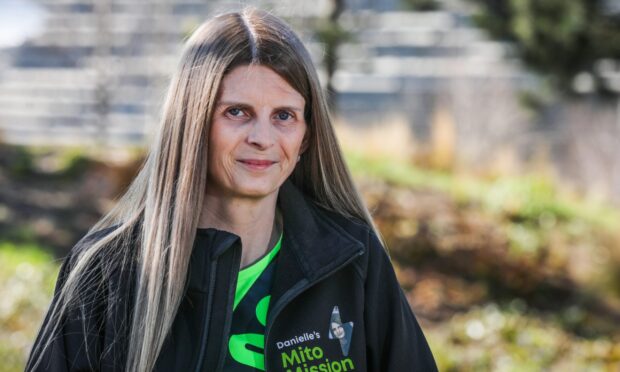
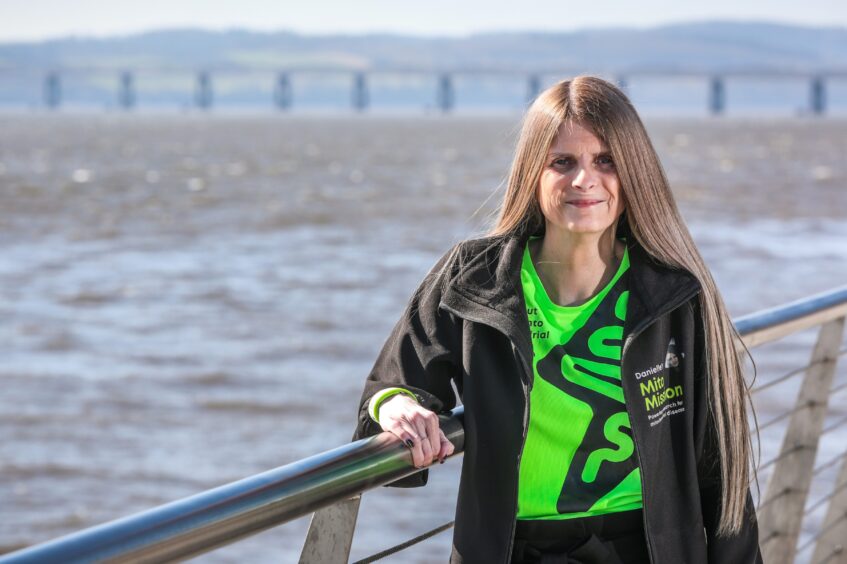
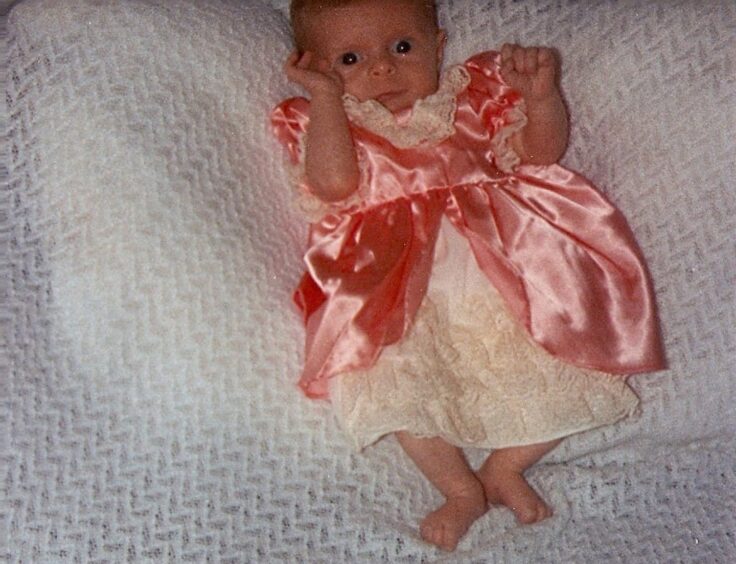
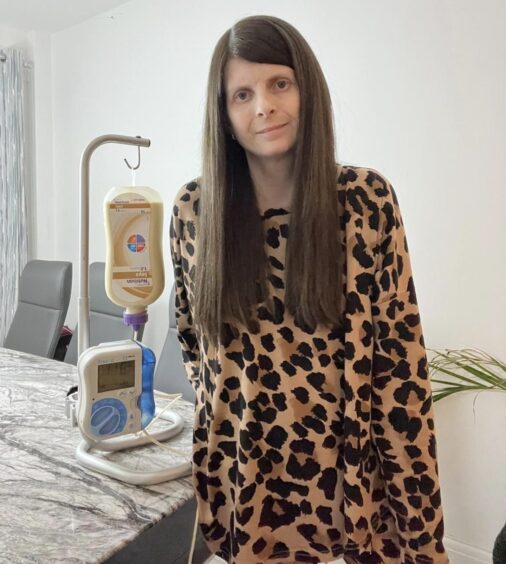
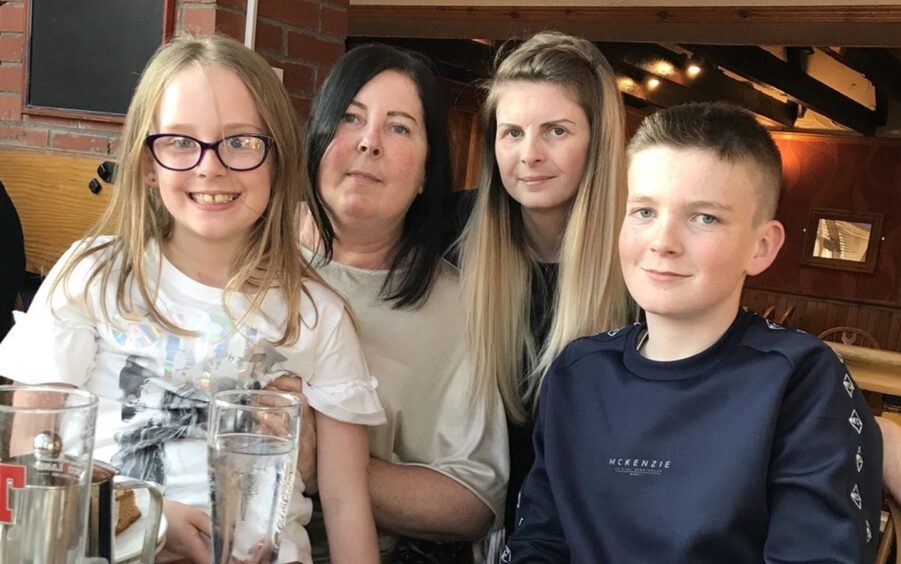
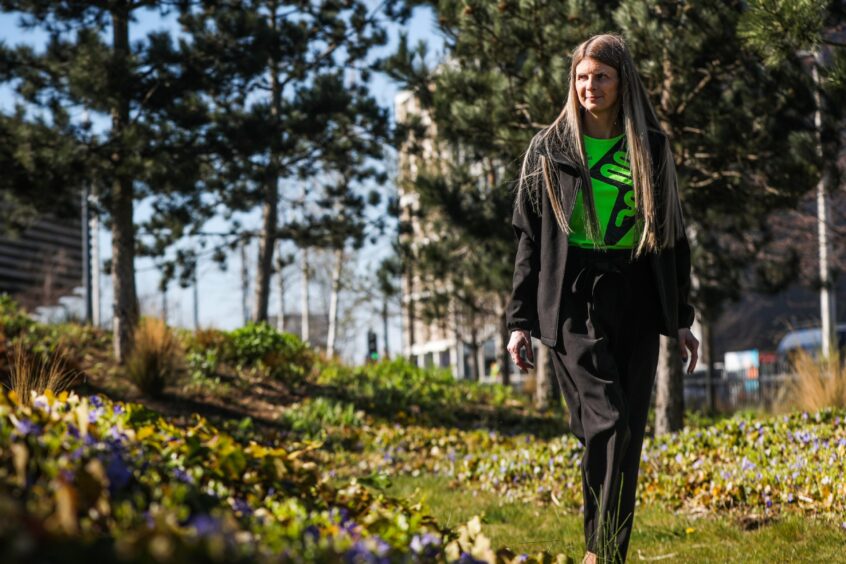
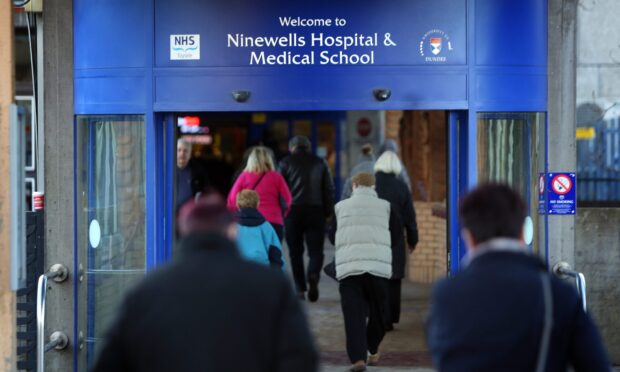
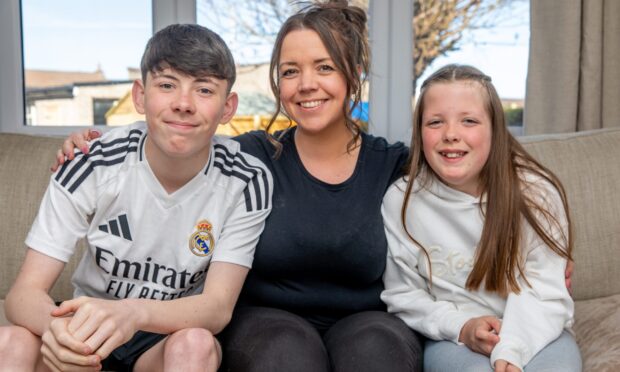
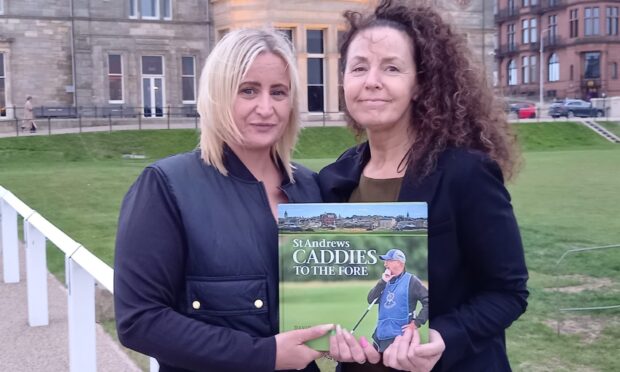

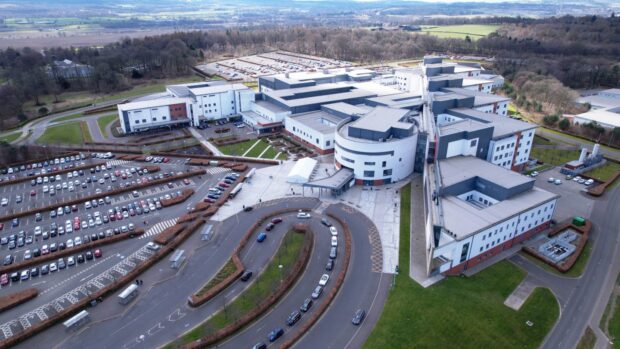
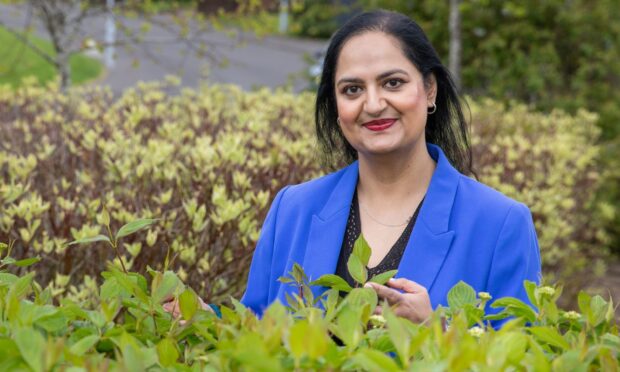

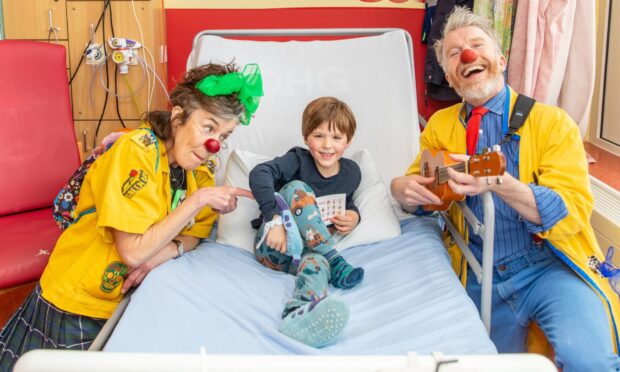
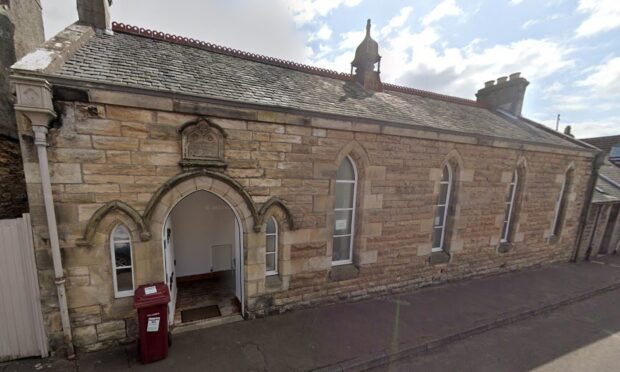
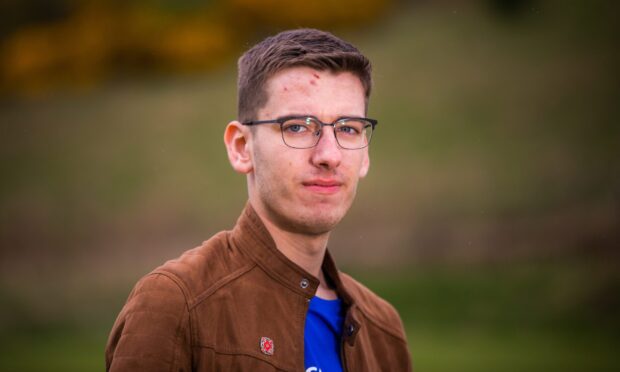
Conversation